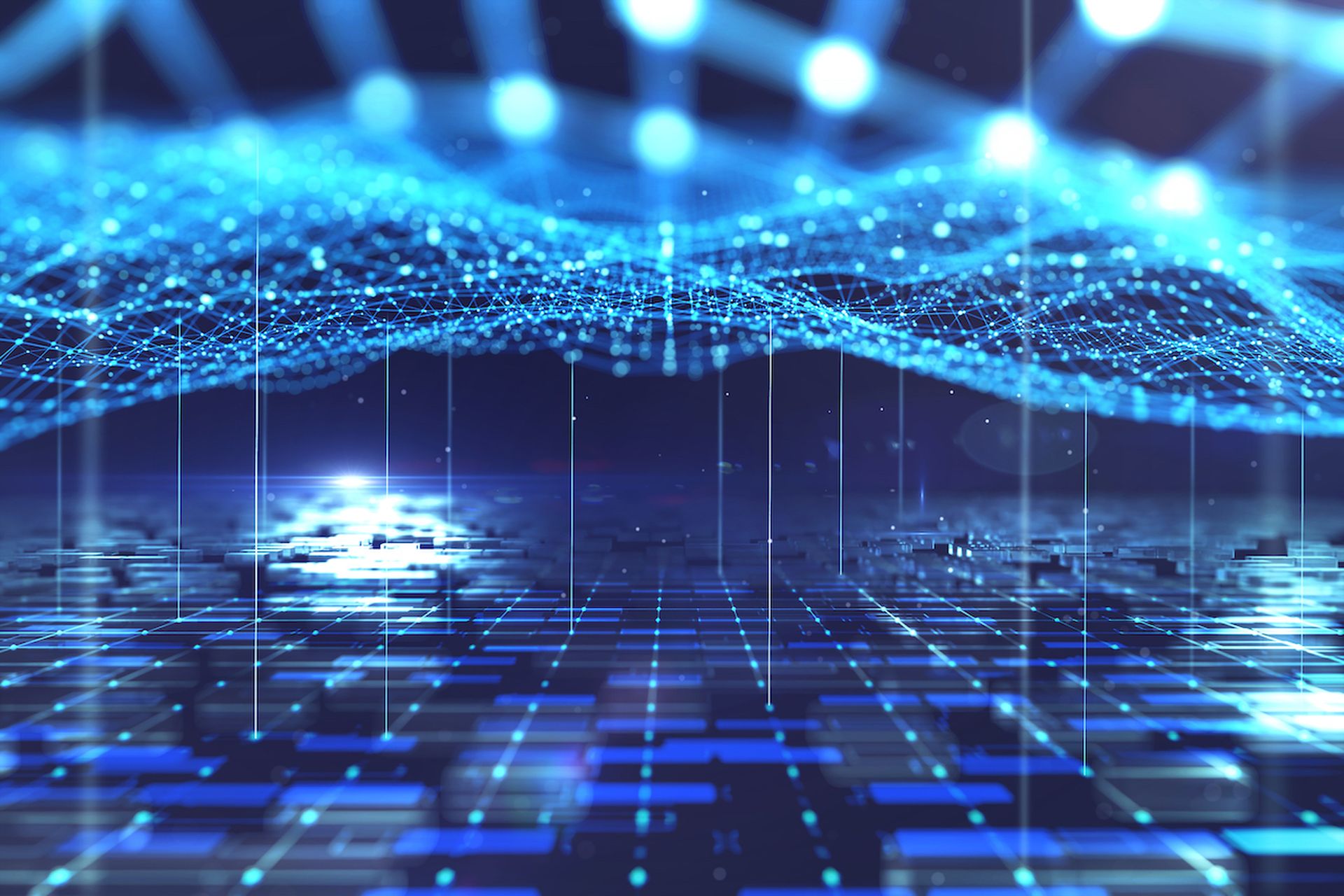Gartner has released its annual Top 10 Strategic Technology Trends list -- this time, previewing 2017. But how will the trends impact MSPs and other types of IT services providers. Thanks for asking. Here's a look at the Gartner list, along with ChannelE2E's spin on the situation.
Trend No. 1: AI & Advanced Machine Learning
Gartner Says: AI and machine learning (ML), which include technologies such as deep learning, neural networks and natural-language processing, can also encompass more advanced systems that understand, learn, predict, adapt and potentially operate autonomously. Systems can learn and change future behavior, leading to the creation of more intelligent devices and programs. The combination of extensive parallel processing power, advanced algorithms and massive data sets to feed the algorithms has unleashed this new era.
ChannelE2E Spin: At first glance, SMB partners assume this doesn't impact them. Guess again. A growing number of MSP-centric security platforms leverage AI and advanced machine learning to spot and mitigate threats before they go mainstream.
Trend No. 2: Intelligent Apps
Gartner Says: Intelligent apps, which include technologies like virtual personal assistants (VPAs), have the potential to transform the workplace by making everyday tasks easier (prioritizing emails) and its users more effective (highlighting important content and interactions). However, intelligent apps are not limited to new digital assistants – every existing software category from security tooling to enterprise applications such as marketing or ERP will be infused with AI enabled capabilities.
ChannelE2E Spin: This sort of sounds related to the chat bot craze, where AI could begin to help MSPs and VARs with their service desks. Still, Forrester Research says careful of the hype.
Trend No. 3: Intelligent Things
Gartner Says: New intelligent things generally fall into three categories: robots, drones and autonomous vehicles. Each of these areas will evolve to impact a larger segment of the market and support a new phase of digital business but these represent only one facet of intelligent things. Existing things including IoT devices will become intelligent things delivering the power of AI enabled systems everywhere including the home, office, factory floor, and medical facility.
ChannelE2E Spin: Pay particularly close attention to IoT clouds, which will manage data from millions of intelligence things. Examples include Azure IoT Suite, AWS IoT, Google Cloud IoT, and GE Predix.
Trend No. 4: Virtual & Augmented Reality
Gartner Says: Virtual reality (VR) and augmented reality (AR) transform the way individuals interact with each other and with software systems creating an immersive environment. For example, VR can be used for training scenarios and remote experiences. AR, which enables a blending of the real and virtual worlds, means businesses can overlay graphics onto real-world objects, such as hidden wires on the image of a wall.
ChannelE2E Spin: Mostly for consumers and gamers at first. But what if VR and AR allowed MSPs to remotely inspect customers' hardware, peripherals and more?
Trend No. 5: Digital Twin
Gartner Says: Within three to five years, billions of things will be represented by digital twins, a dynamic software model of a physical thing or system. Using physics data on how the components of a thing operate and respond to the environment as well as data provided by sensors in the physical world, a digital twin can be used to analyze and simulate real world conditions, responds to changes, improve operations and add value.
ChannelE2E Spin: Perhaps the MSP experts over at RigNet can figure out real-world use cases on this one...
Trend No. 6: Blockchain
Gartner Says: Blockchain is a type of distributed ledger in which value exchange transactions (in bitcoin or other token) are sequentially grouped into blocks. Blockchain and distributed-ledger concepts are gaining traction because they hold the promise of transforming industry operating models in industries such as music distribution, identify verification and title registry.
ChannelE2E Spin: This is particularly timely. Just last week, Acronis said it's starting to use blockchain as part of its cloud storage and data protection strategy for CSPs.
Trend No. 7: Conversational Systems
Gartner Says: Conversational systems can range from simple informal, bidirectional text or voice conversations such as an answer to “What time is it?” to more complex interactions such as collecting oral testimony from crime witnesses to generate a sketch of a suspect. Conversational systems shift from a model where people adapt to computers to one where the computer “hears” and adapts to a person’s desired outcome.
ChannelE2E Spin: While MSPs won't necessarily role out these systems to customers anytime soon, they'll certainly discover and use them within their own everyday lives. Hello, Amazon Echo.
Trend No. 8: Mesh App and Service Architecture
Gartner Says: The intelligent digital mesh will require changes to the architecture, technology and tools used to develop solutions. The mesh app and service architecture (MASA) is a multichannel solution architecture that leverages cloud and serverless computing, containers and microservices as well as APIs and events to deliver modular, flexible and dynamic solutions.
ChannelE2E Spin: Gartner stuffed a lot of jargon into that paragraph. Most of the IT channel will look toward Amazon, Microsoft and Google to address and solve these issues.
Trend No. 9: Digital Technology Platforms
Gartner Says: Digital technology platforms are the building blocks for a digital business and are necessary to break into digital. Every organization will have some mix of five digital technology platforms: Information systems, customer experience, analytics and intelligence, the Internet of Things and business ecosystems.
ChannelE2E Spin: We've always been a bit wary of the "digital" hype. In some cases, digital sounds like an excuse for legacy IT companies to sell new solutions to legacy businesses that were clinging to yesterday's manual processes. If it's on the network, you've gone digital...
Trend No. 10: Adaptive Security Architecture
Gartner Says: The evolution of the intelligent digital mesh and digital technology platforms and application architectures means that security has to become fluid and adaptive. Security in the IoT environment is particularly challenging. Security teams need to work with application, solution and enterprise architects to consider security early in the design of applications or IoT solutions. Multilayered security and use of user and entity behavior analytics will become a requirement for virtually every enterprise.
ChannelE2E Spin: Sounds promising. But as the October 2016 DDoS attacks against U.S.-based targets indicated: There is no silver bullet solution (not so far) for security...
That's it for this year. We'll be standing by for Gartner's 2018 list...




